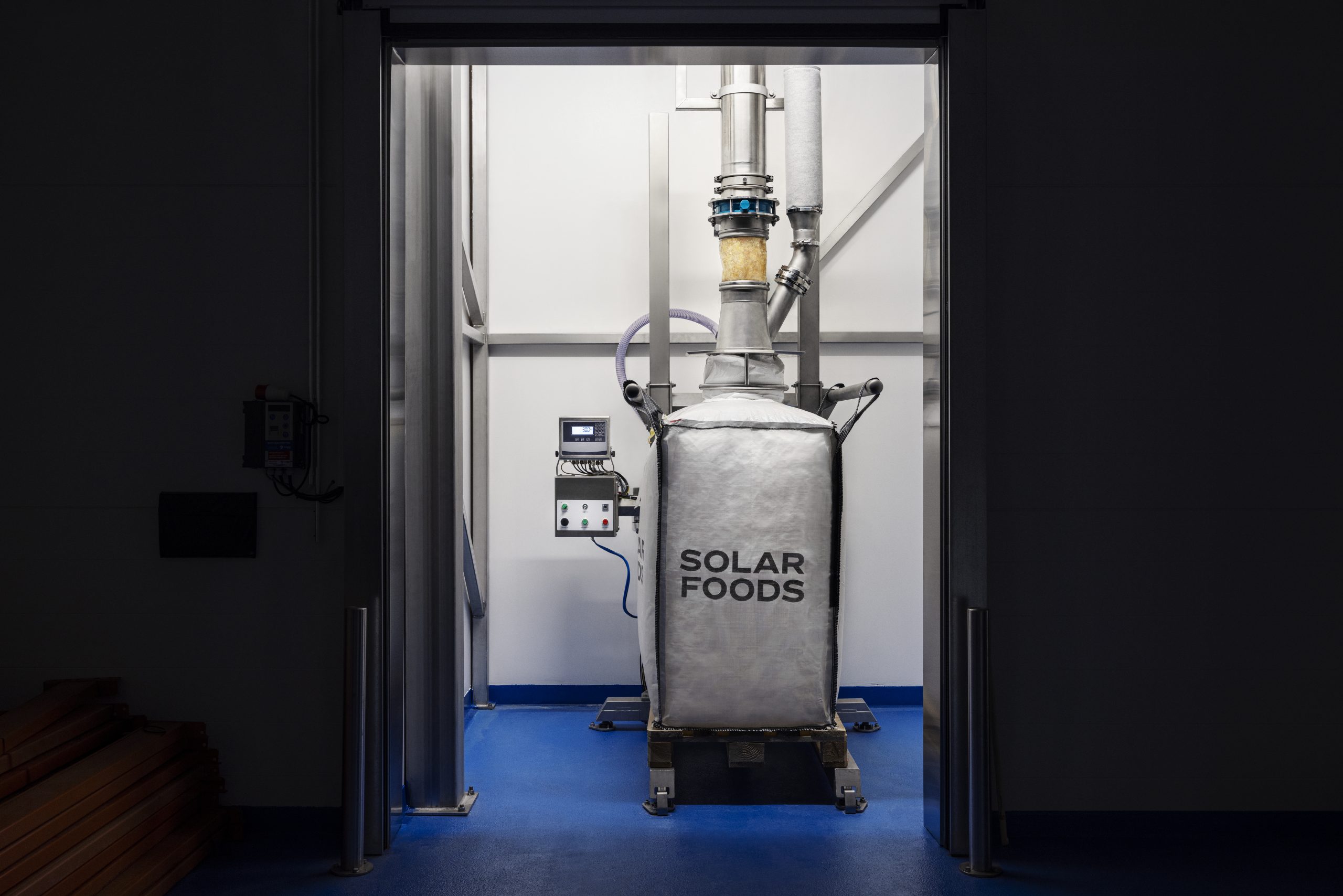Wind power is for wimps. Louis Michaud wants to turn twisters into the renewable energy source of the future.
Andrew Tolve | March 2008 issue

Of all the natural phenomena that wreak havoc on planet Earth, tornadoes are perhaps the most fearsome. With wind speeds reaching upward of 300 miles (500 kilometres) an hour and funnels often exceeding two miles (three kilometres) in width, the most violent tornadoes can flatten neighbourhoods and mow down trees as though they were flimsy corn stalks. Now one scientist is trying to tame tornadoes, and use their awesome power as a renewable energy source.
Louis Michaud, a retired Exxon petrochemical engineer who lives in Ontario, Canada, has proposed using the wind of twisters to power turbines, which in turn could shuttle energy to thousands of homes, or power plants and factories. Farfetched as it may sound, Michaud has won some reputable backers, including noted hurricane expert Kerry Emanuel of the Massachusetts Institute of Technology in the U.S. “Conventional wisdom says that forces of nature are way too great for us to be able to control a process like a tornado or a hurricane,” Michaud says. “But if you realize a tornado is actually a source of energy, then it’s just a matter of learning how to control it.”
Michaud’s method isn’t to chase twisters down, but to create them in what he calls an atmospheric vortex engine. The engine will work, Michaud says, much like the fireplace in your living room. Warm air will be drawn into a circular central chamber and allowed to rise up a vortex. As the warm air ascends, it draws air through turbines located on the periphery that convert the energy of the air’s motion into electricity.
The force with which the air rises is determined by the temperature difference between the rising warm air and the surrounding cooler air. The elegance of the atmospheric vortex engine, Michaud says, is that as the warm air enters the central chamber, it continually passes through angled ducts that cause the air to rotate like a natural tornado. The air can then twist its way into the upper atmosphere, creating what Michaud calls “a virtual chimney” in which the temperature difference between the top and the bottom is enough to generate energy.
Michaud’s idea has earned a $30,000 grant from Ontario’s Centre for Energy, and serious attention from private companies looking to invest. Michaud is also in the process of applying for a larger grant, some $3 million, from Ontario’s Ministry of Innovation. He has already built working models of his vortex engine, though none to full scale. (A finished engine will be on the order of 500 feet—150 metres—in diameter and 120 feet—35 metres—tall). Chief among Michaud’s concerns is proving he can control the tornadoes he wants to create. His first demonstration is slated for this spring in Sarnia, Ontario.
“What’s necessary at this point is to do proofs of concept,” says Emanuel, the hurricane expert at MIT. Michaud’s “idea is pretty simple and elegant. My own feeling is that we ought to be pouring money into all kinds of alternative energy research. There’s almost nothing to lose in trying this.”
Others agree. “His basic idea really works,” says University of Michigan Assistant Professor Nilton Renno, who has devoted his career to studying tornadoes and water spouts. “But it becomes sticky when you think about the issues of control. If a strong wind comes along while you’re trying to keep a vortex in place, what happens?”
Michaud has a number of responses to such a question, the most obvious being that, were conditions to become unsafe, he could shut off the air supply at the base of the engine. Other options include “vortex quenching”—dousing the twister with cold water—or the injection of air with reverse rotation. Besides, Michaud envisions his contraptions being most useful in a setting like the cooling tower of a power plant, where the waste heat from the plant’s operations could provide the warm air the vortex engine needs at its base. Were a strong wind to come along, an operator could switch the waste heat off, terminating the twister’s source.
“Most power plants are in fairly isolated locations, and just by switching over to our concept they could derive 40 percent additional power,” Michaud says. “A 500-megawatt plant could increase its electrical output to 700 megawatts [enough to power a city of 500,000]. Now that’s the power of renewable energy.”
If trying to tame tornadoes sounds silly, the prospect of harnessing their power certainly is not.











